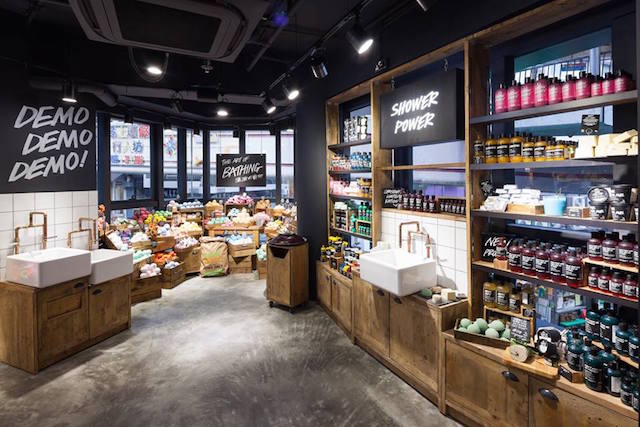“A passion for fragrance”. This statment is the very relevant tagline of Yankee Candle; a brand that has become America’s best loved candle and the world’s most recognised name in the candle business with over 150 fragrances across its product categories of ‘Candles’, ‘Wax Melts’, ‘Accessories’, ‘Flameless Fragrance’, and ‘Car and Small Spaces’.
 Source: https://goo.gl/AlroAj
Source: https://goo.gl/AlroAj
The brand owes its success to a once broke, 16 year old American boy who couldn’t afford to buy his mother a Christmas gift, so he crafted his own candle from melted crayon to give to her. His neighbour spotted his creation and asked him to sell it to her, so he did, and with the money he made from the sale he made a new candle for his mother, and another one to sell. Yankee Candle now sells its products worldwide through over 500 company-owned retail stores; talk about a success story.
Yankee Candle has achieved enormous growth over the years since its establishment in 1969, in which the brand has taken on both line and brand extensions, a co-branding opportunity and multi-branding strategies; all of which have been successful, and I believe Yankee Candle’s growth doesn’t stop there. I believe the brand can experience even more growth by undertaking another line extension strategy.
Yankee Candle already has a wide range of products under its various product categories, however I think there is a gap to include a couple of new products under the ‘Car and Small Spaces’ category. I think in particular there is room for expansion in the ‘Small Spaces’ aspect of this category, which already includes the products ‘Fragrance Spheres’ and ‘Room Spray’.

Source: https://goo.gl/4IXi7L
Yankee Candle could introduce the addition of wardrobe fragrances and scented bags for drawers. These new products would fit into this category seamlessly because a wardrobe and drawer are logically considered to be small spaces. These additions would be a way for Yankee Candle to increase the variety available to customers in this particular product category.
If Yankee Candle were to undertake this growth strategy it would firstly need to consider:
- The perception held by the consumer of the Yankee Candle brand and;
- How the addition of wardrobe fragrance and scented bags will be of value to the consumer and the Yankee Candle brand
Secondly, Yankee Candle should understand the benefits and risks of undertaking a line extension.
Some potential benefits would be the fact that consumers already have positive associations with the existing Yankee Candle brand name in terms of its long-lasting fragrances, true to life scents and high quality ingredients. This will result in a more than likely positive reaction and adoption of the new wardrobe fragrances and scented bags, as customers will assume the same qualities exist in the new products. This positive association will also then lower the perceived risk of buying these new products from the brand.
Yankee Candle Quality
Source: https://goo.gl/BykxDM
By promoting the new products, Yankee Candle will also receive the benefit of raising awareness for not only its new products, but for the brand as a whole.
A potential risk Yankee Candle could face would be product failure as a result of not providing an advantage over competitor products in the same category. For instance, the launch of wardrobe fragrances and scented bags could bring in new competition from Bed, Bath, and Body; a brand already selling these products. If Yankee Candle doesn’t offer a distinct difference in these products, it may risk failure. Yankee Candle may gain a competitive advantage against Bed, Bath, and Body if its new products have the same long-lasting scent as its other products, which is one of the brand’s key differentiators.
Another risk the brand my face is if the wardrobe fragrances and scented bags fail, the failure may hurt the image of the Yankee Candle brand.
Lastly, Yankee Candle needs to consider how this line extension will be beneficial in the future, as well as how the vision of this strategy aligns with Yankee Candles’ brand identity.
Yankee Candle could attract potential new customers with the addition of wardrobe fragrances and scented bags, as it is a segment of the market the brand has not yet explored. It could therefore reveal interest in a new segment or even spark interest in its existing customer base. The brand is also setting itself up for a potential increase in sales and profits if customers take to the new products.
I believe Yankee Candle would succeed if it adopts this strategy, because the brand name is already widely recognised and associated with high quality; which will encourage customers to try a new product from the brand. Customers will expect the wardrobe fragrances and scented bags to have the same qualities in this regard, just like existing Yankee Candle products.
Macintosh fragranced Yankee Candle products
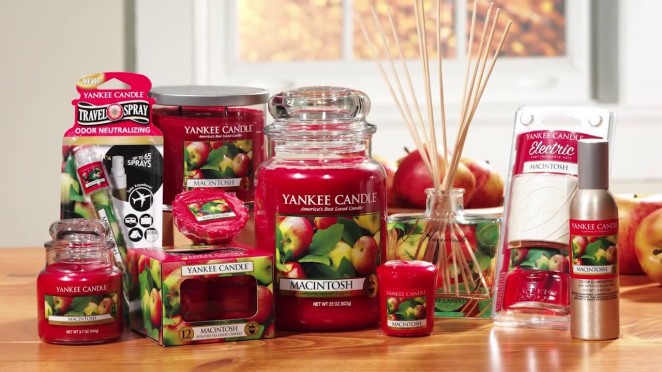 Source: https://goo.gl/TXPlTP
Source: https://goo.gl/TXPlTP
The introduction of these two new products is relevant to the existing product range and allows the brand to continue to live out its mission of assuring “that every new experience with our fragrance is as good or better than the one before”. The introduction of the new products will allow Yankee Candle to challenge itself and hold true to that statement by ensuring the fragrances are just as good or better than what’s already on offer.
To conclude, I think Yankee Candle would be successful in the adoption of a line extension strategy. The introduction of wardrobe fragrances and scented bags is relevant to the existing offering in that product category and allows customers more variety from a brand they already value and have positive associations with. The introduction of these new products seamlessly fits into the brand’s promise of helping “your house feel like home” with its “evocative, long-lasting scents”, and communicates Yankee Candle’s “passion for fragrance” to its customer base.
 Source:
Source:  Source:
Source: 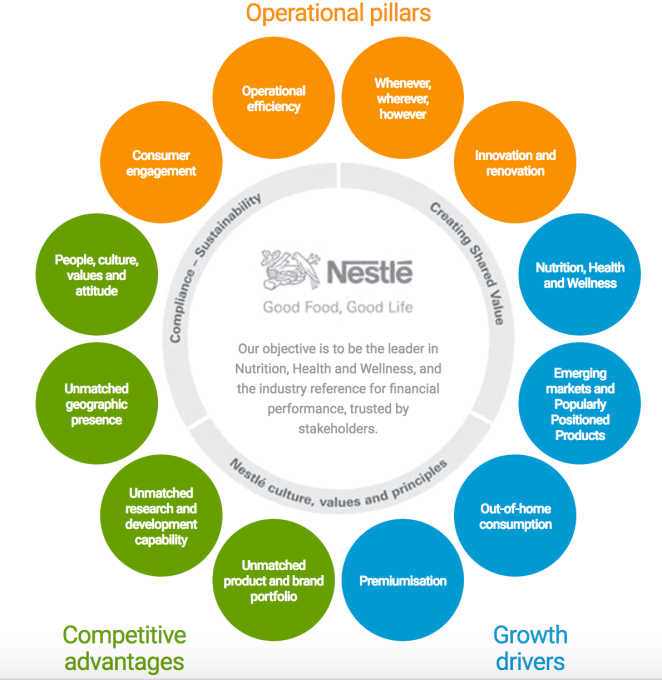 Source:
Source: 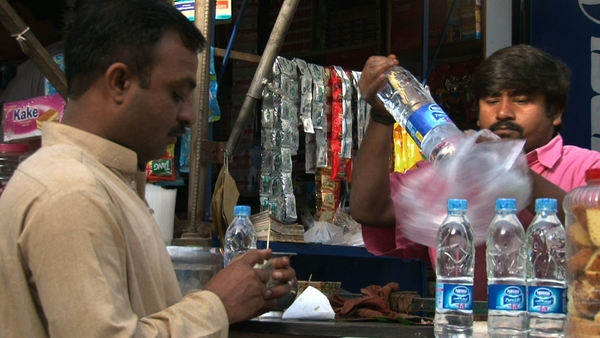 Source:
Source: 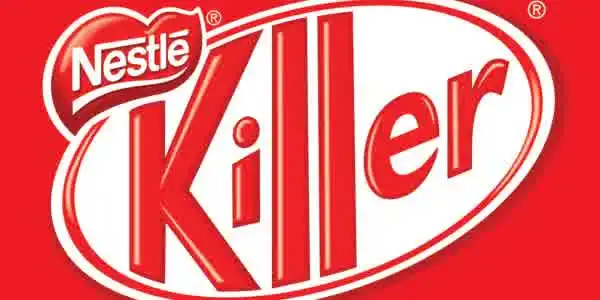 Source:
Source: 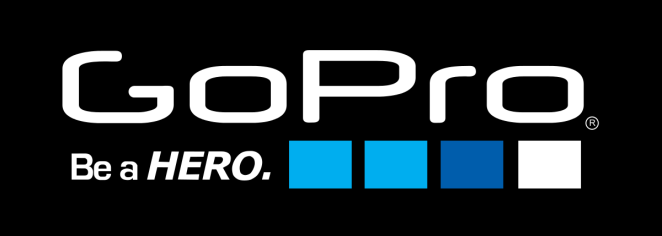 Source:
Source:  Source:
Source: 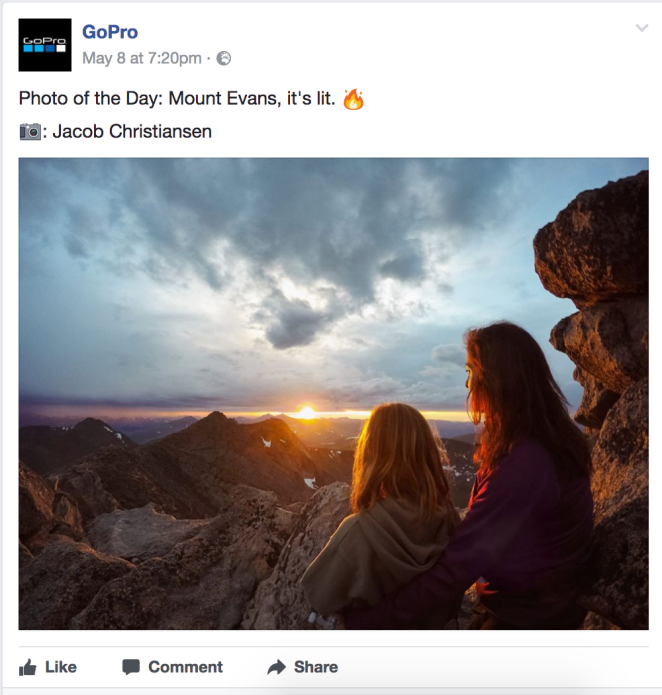 Source:
Source: 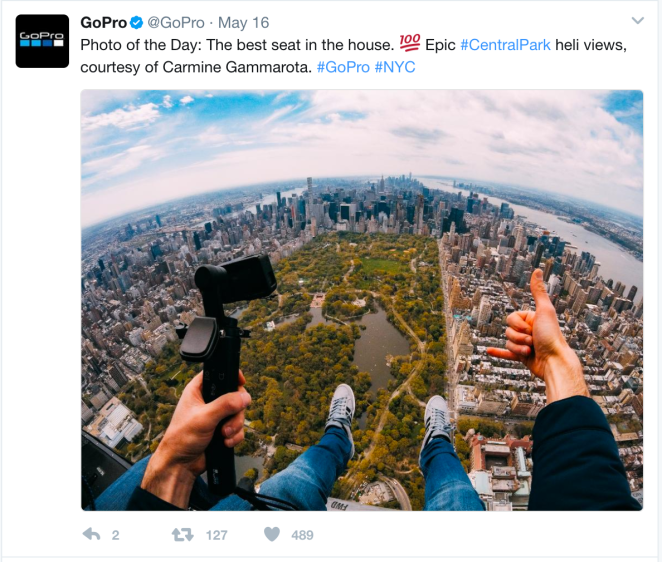 Source:
Source:  Source:
Source:  Source:
Source:  Source:
Source: 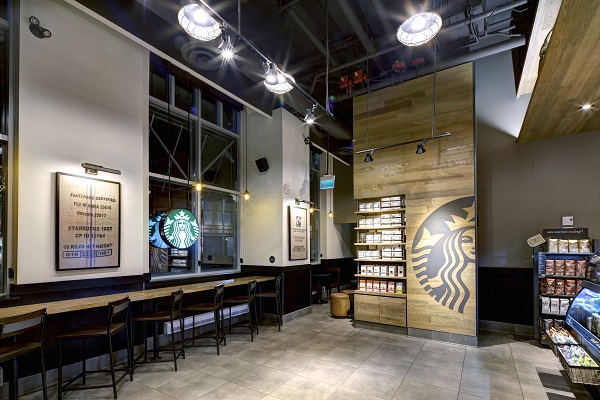 Source:
Source:  Source:
Source: 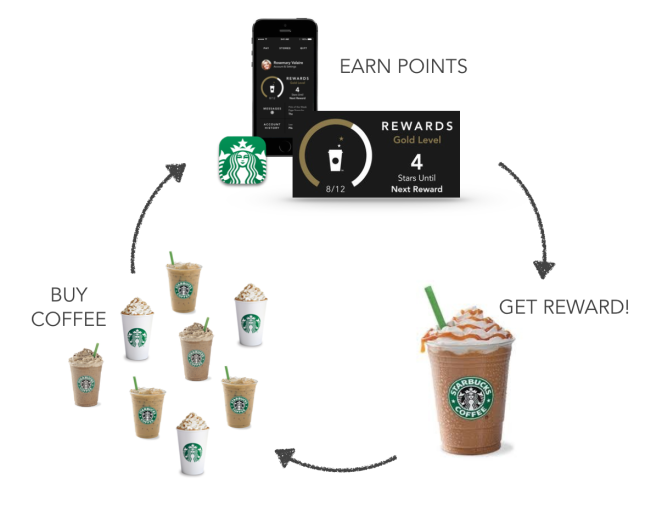 Source:
Source: 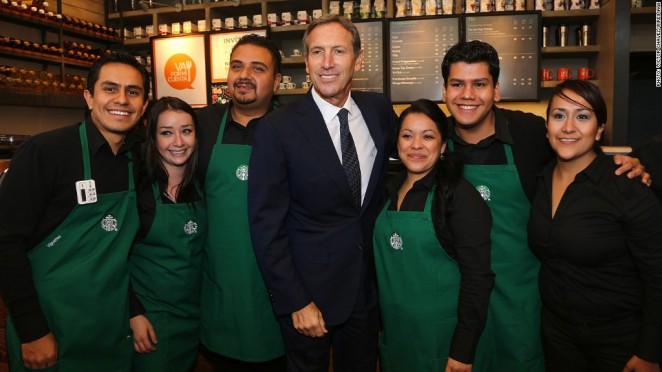 Source:
Source: 
 Source:
Source: 
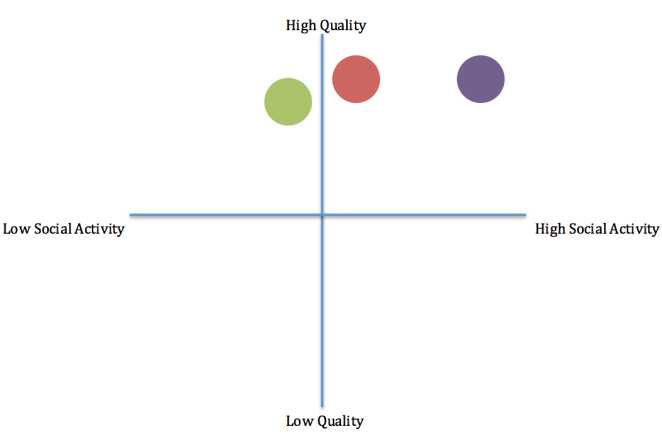
 Source:
Source: 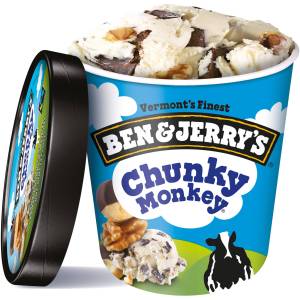
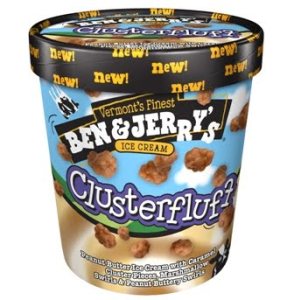 Source:
Source:

